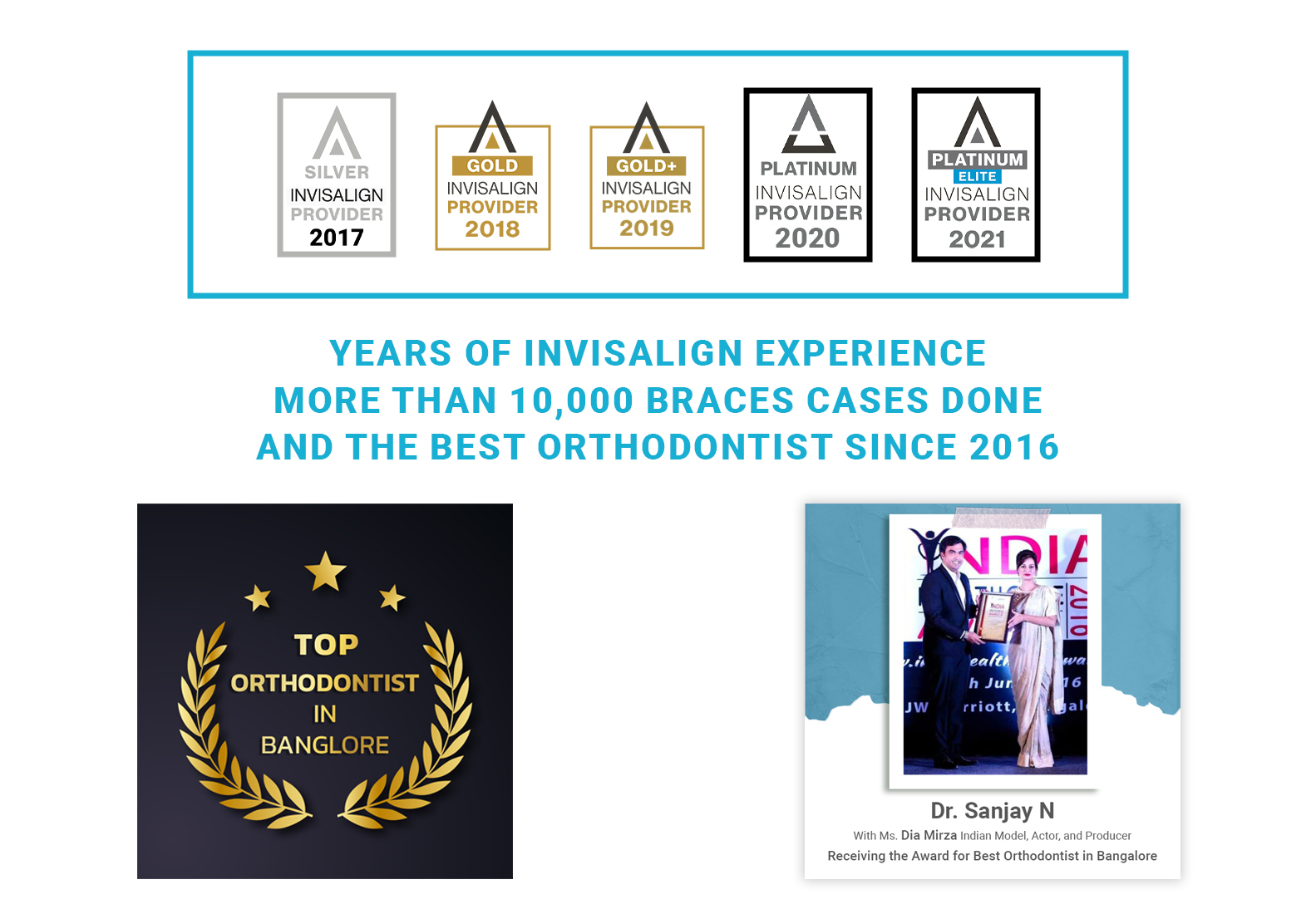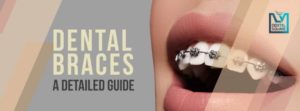
What are Tooth Coloured Fillings?
Tooth coloured fillings are composites that are used to restore damaged, are used as a filling to treat tooth cavity or missing tooth tissue in both front and back teeth. Composite is a resin-based polymer which sticks well to teeth, provides good durability to withstand moderate pressure from the constant stress of chewing. The tooth-coloured filling materials that is actually a mixture of plastic and fine glass particles.
When a cavity is developed, the decayed parts need to be removed to stop the cavity from spreading further, hence a strong durable filing is required to fill the hole and allow the teeth to function normally.
Composite filling materials come with more natural colour are available – tooth coloured filling and people prefer these over silver or gold fillings as they blend well and give the teeth a natural feel.
Steps Involved in Tooth Filling
For fillings in decayed teeth, the teeth will usually have to be numbed with a local anaesthetic before treatment. For fillings in broken or worn teeth, anaesthetic is not usually required. The dentist usually uses a drill, an air abrasion instrument, or a laser equipment to remove the decayed area. The dentist will then probe or test the area to make sure that all the decay has been removed. Once all the decay is removed, the space for the filling is then prepared by cleaning the cavity of bacteria and debris.
Any damaged or diseased tooth tissue will be cut away before the tooth is restored to its natural shape with the composite. Composite must be applied and set incrementally. This means treatment times are longer compared to amalgam.
Next, a special light is applied that hardens each layer. When the multi- layering process is completed, the dentist will then shape the composite material, trim off any excess material, and polish the final restoration.
Advantages of Tooth coloured fillings
- Aesthetics: Since these composite fillings are similar to the teeth’s natural colour, they are mostly used for the front teeth or visible areas of the teeth.
- Bonding to tooth structure: these composite fillings provide support by chemically bonding to the tooth structure.
- Versatility: they are not only used for filling material for decay, composite fillings but are also used to repair chipped, broken, or worn teeth.
- Tooth-Sparing preparation: sometimes more of the tooth structure can be spared compared to the use of amalgam fillings, especially in the process of removing decay and preparing for the filling.
- No health risks associated with the use of composite fillings.
Disadvantages of tooth coloured fillings
- More expensive compared to silver fillings.
- May discolour over time.
- Are less durable than amalgam
- Has to be replaced more often than amalgam fillings.
- It generally takes more time to place a composite filling than it does for a metal filling because the tooth has to be kept clean and dry while the composite filling is being filled.
Ultimately, the best dental filling is no dental filling at all. You can decrease the risk of cavities and other dental diseases simply by:
- brushing your teeth twice a day
- eating an oral health friendly diet
- flossing daily
- visiting the dentist regularly.
We offer tooth fillings of all types, including tooth coloured dental fillings, at our dental clinic in Bangalore.


























